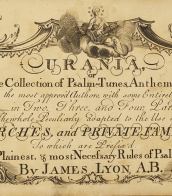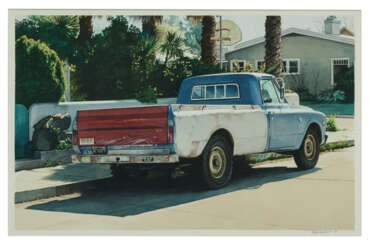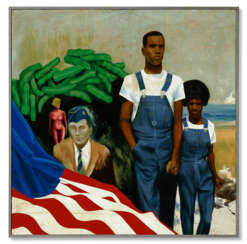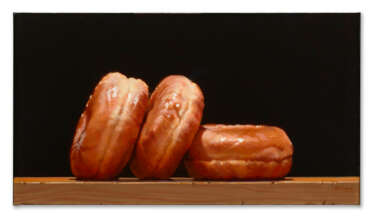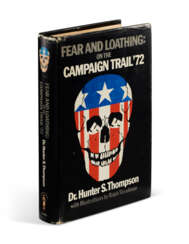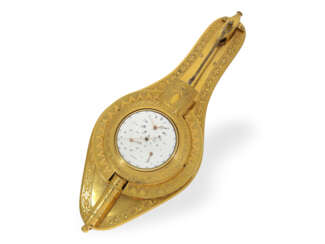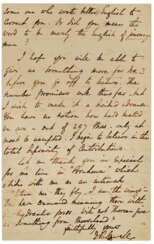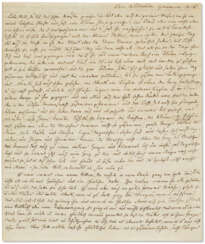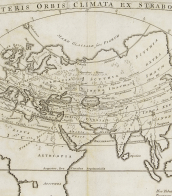ralph goings
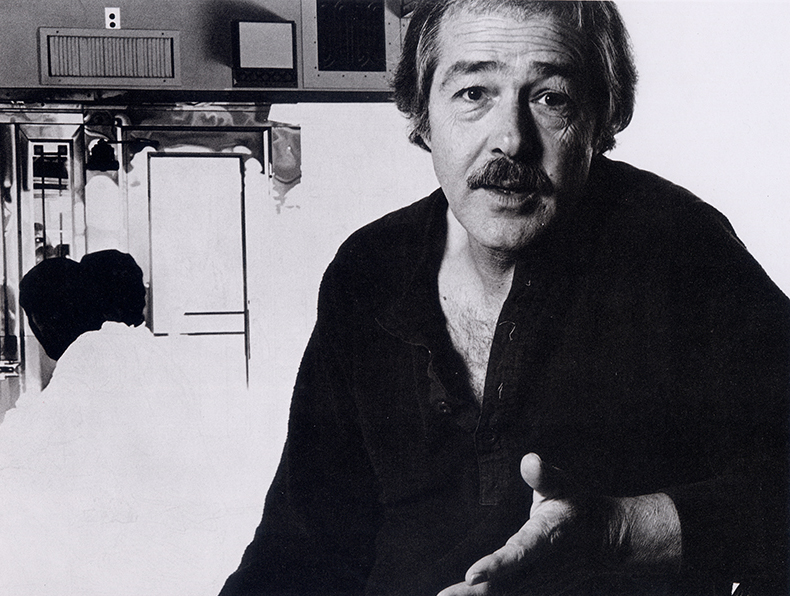
Ralph Goings was an American painter closely associated with the Photorealism movement of the late 1960s and early 1970s. He was best known for his highly detailed paintings of hamburger stands, pick-up trucks, and California banks, portrayed in a deliberately objective manner.
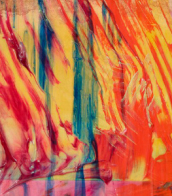

Ralph Goings was an American painter closely associated with the Photorealism movement of the late 1960s and early 1970s. He was best known for his highly detailed paintings of hamburger stands, pick-up trucks, and California banks, portrayed in a deliberately objective manner.
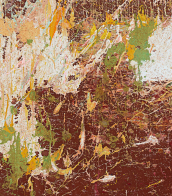

Ralph Goings was an American painter closely associated with the Photorealism movement of the late 1960s and early 1970s. He was best known for his highly detailed paintings of hamburger stands, pick-up trucks, and California banks, portrayed in a deliberately objective manner.
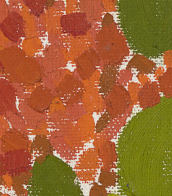

Ralph Goings was an American painter closely associated with the Photorealism movement of the late 1960s and early 1970s. He was best known for his highly detailed paintings of hamburger stands, pick-up trucks, and California banks, portrayed in a deliberately objective manner.


Ralph Goings was an American painter closely associated with the Photorealism movement of the late 1960s and early 1970s. He was best known for his highly detailed paintings of hamburger stands, pick-up trucks, and California banks, portrayed in a deliberately objective manner.


Ralph Goings was an American painter closely associated with the Photorealism movement of the late 1960s and early 1970s. He was best known for his highly detailed paintings of hamburger stands, pick-up trucks, and California banks, portrayed in a deliberately objective manner.


Ralph Goings was an American painter closely associated with the Photorealism movement of the late 1960s and early 1970s. He was best known for his highly detailed paintings of hamburger stands, pick-up trucks, and California banks, portrayed in a deliberately objective manner.
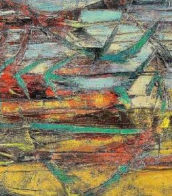
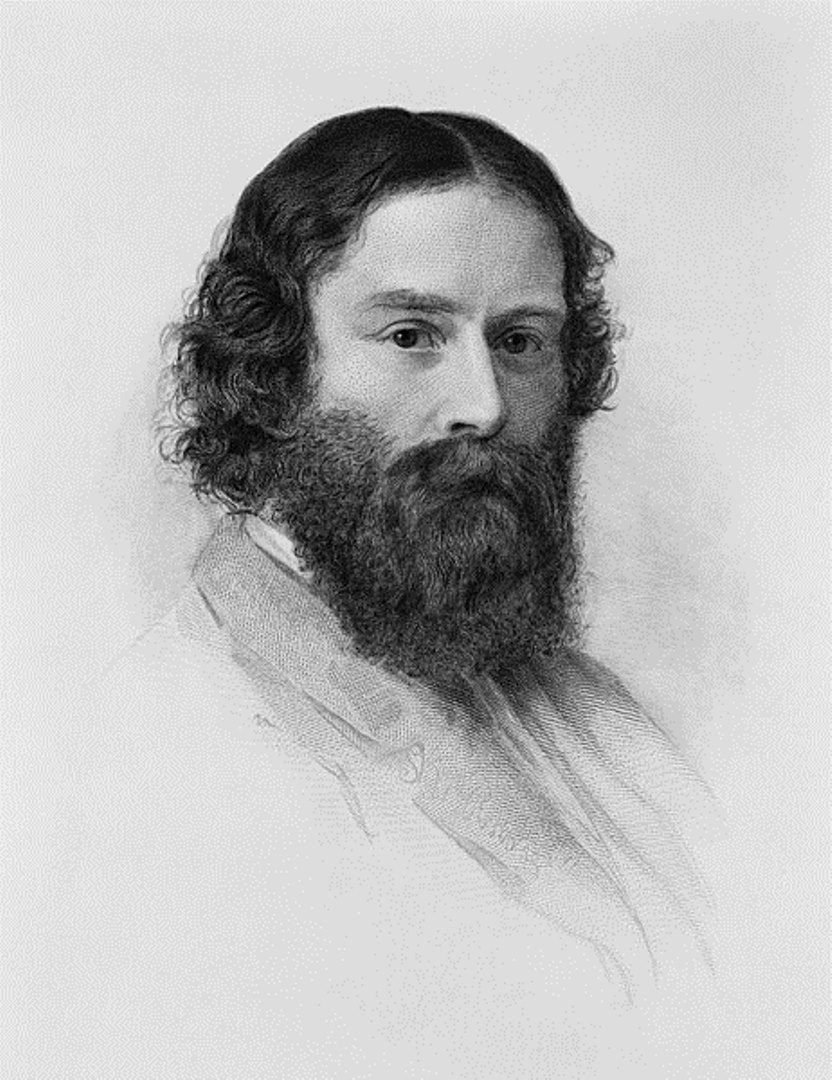
James Russell Lowell was an American poet, educator, and diplomat.
From 1845 to 1850, he wrote about 50 articles against slavery for periodicals. Two of Lowell's other two most important works were also published in 1848: the poem "Sir Launfal's Vision," praising the brotherhood of man, and "A Fable for Critics," a witty appraisal of contemporary American authors. These books, together with the publication in the same year of a second series of his poems, made Lowell the most popular new figure in 19th-century American literature.
